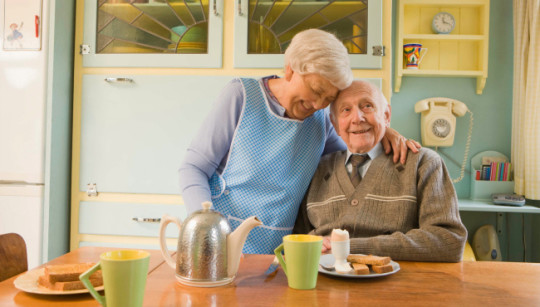When was the last time you checked your smoke alarm? Since January 1, Michigan ranked #2 in the country for home fire deaths. These deaths have occurred in homes that did not have working smoke alarms. E.S.C.A.P.E. Fire Safety reminds you that properly installed and maintained smoke alarms on every level of your home are the only mitigation devices that can alert you and your family to a fire 24 hours a day, seven days a week. Whether you’re awake or asleep, a working smoke alarm is constantly on alert, scanning the air for fire and smoke.
Take the opportunity when you “spring ahead” on Sunday March 8 to test your smoke and carbon monoxide alarms and replace the batteries as needed.
According to the National Fire Protection Association, almost two-thirds of home fire deaths resulted from fires in properties without working smoke alarms. A working smoke alarm significantly increases your chances of surviving a deadly home fire.
There are many different brands of smoke alarms available on the market, but they fall under two basic types: ionization and photoelectric.
It cannot be stated definitively that one is better than the other in every fire situation that could arise in a residence. Because both ionization and photoelectric smoke alarms are better at detecting distinctly different, yet potentially fatal fires, and because no one can predict what type of fire might start in a home, the United States Fire Administration recommends that every residence and place where people sleep be equipped with:
- Both ionization AND photoelectric smoke alarms, OR
- dual sensor smoke alarms, which contain both ionization and photoelectric smoke sensors
In addition to the basic types of alarms, there are alarms made to meet the needs of people with hearing disabilities. These alarms may use strobe lights that flash and/or vibrate to assist in alerting those who are unable to hear standard smoke alarms when they sound.
Smoke alarms are powered by a battery or they are hardwired into the home’s electrical system. If the smoke alarm is powered by battery, it runs on either a disposable 9-volt battery or a non-replaceable 10-year lithium (“long-life”) battery. A backup battery is usually present on hardwired alarms and may need to be replaced.
These batteries must be tested on a regular basis and, in most cases, should be replaced at least once each year (except for lithium batteries).
Install smoke alarms on every level of your home, including the basement. Many fatal fires begin late at night or early in the morning, so the U.S. Fire Administration recommends installing smoke alarms both inside and outside of sleeping areas.
Since smoke and many deadly gases rise, installing your smoke alarms at the proper level will provide you with the earliest warning possible. Always follow the manufacturer’s installation instructions.
Smoke alarms are not expensive and are worth the lives they can help save. Ionization and photoelectric smoke alarms cost between $6 and $20. Dual sensor smoke alarms cost between $24 and $40.
Some fire departments offer reduced price, or even free, smoke alarms and may install battery operated smoke alarms in your home at no cost. Contact your local fire department’s non-emergency phone number for more information or e-mail [email protected] for more details on a smoke alarm installation program close to Where You Live!
For more information regarding fire safety and smoke alarms including maintenance and suggested replacement guidelines, please visit the U.S. Fire Administration’s Smoke Alarms website.

















